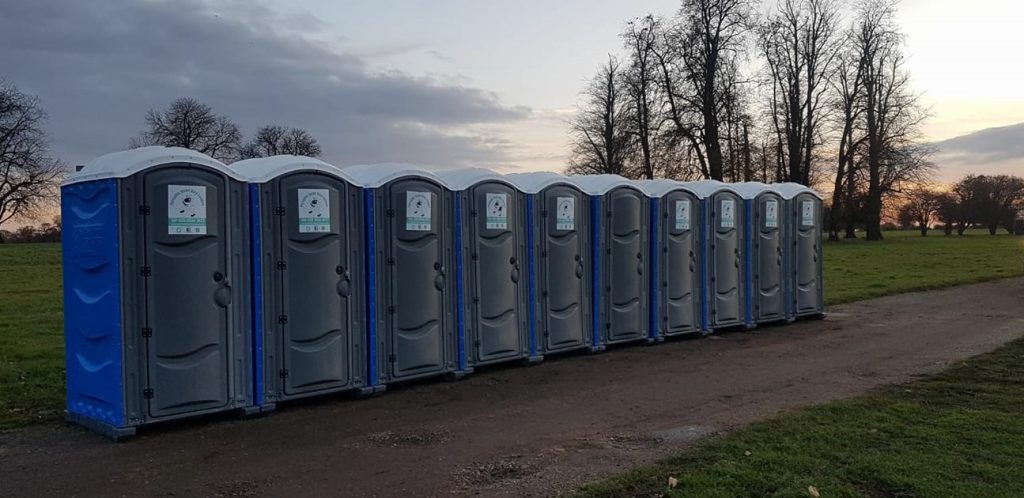Moving can be an overwhelming experience, with many logistics to manage, decisions to make, and emotions to navigate. A smooth transition often relies on careful planning and smart strategies to avoid unnecessary stress. One of the best ways to approach a move is by breaking the process into smaller, more manageable steps, allowing for a smoother transition from one location to the next. Preparation is key. It is essential to start early, as this gives you more time to pack, organize, and make decisions without feeling rushed. Begin by creating a detailed checklist that covers every aspect of the move, from packing supplies to scheduling utility shutoffs and set-ups. It is easy to forget small yet important tasks, such as transferring your medical prescriptions, changing your address, or updating your information with banks and service providers. Having a comprehensive checklist ensures nothing falls through the cracks. When it comes to packing, smart choices can greatly reduce stress. Instead of trying to pack everything at once, focus on organizing your items by categories.

Sort through your belongings ahead of time and decide what to keep, donate, or toss. This reduces clutter and makes packing more efficient. Consider using color-coded labels for boxes, so you know exactly where each item belongs in the new house, making unpacking a much simpler task. Additionally, pack a moving essentials bag with necessary items such as toiletries, clothing, and important documents that you will need on the day of the move. This prevents the frantic search for important things as soon as you arrive at your new home. Professional help can make a significant difference in how smooth your move is. Hiring movers can reduce physical strain and help you manage the logistics of heavy lifting and transportation. Be sure to research moving companies thoroughly, read reviews, and get quotes to find the best fit for your budget and needs. Even if you opt for a DIY move, consider renting moving equipment like dollies or a moving truck, as these tools can make the process much easier. On the day of the move, clear communication with everyone involved is crucial.
This is especially important if you are coordinating with movers or friends helping you out. Ensure they are well-informed of your expectations, the layout of the new house, and any special instructions. If you are moving into a building, check whether there are specific hours for moving, and make sure you have the proper parking spots reserved and see here in akronohiomoms.com. Once you are settled in, take time to get to know your new environment. Change the locks if necessary, check that all utilities are working properly, and gradually start unpacking, prioritizing the most essential areas first, like the kitchen and bedrooms. The sooner you are able to settle in, the more comfortable your new home will feel. Finally, give yourself time to adjust. A move is not just about physically relocating; it is an emotional transition as well. Be patient with yourself and your family as you settle into your new space.





